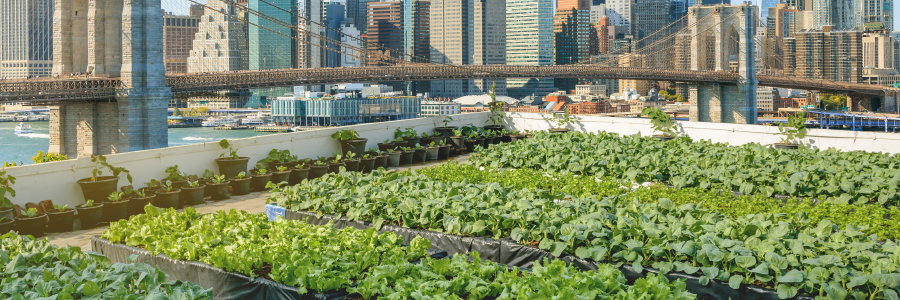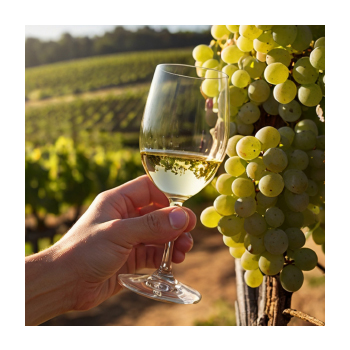


Sign-up for {N}power to get exclusive discounts, newsletters, members-only features, and more!
 Denver - Design District - Alameda and Broadway
Denver - Design District - Alameda and Broadway
368 S Broadway
Denver, CO 80209
United States
 Preferred Store:
Select a Store
Preferred Store:
Select a Store

We’d like to close out another year with a review of positive happenings involving people and the planet. May we all be inspired to do the best we can with what we know, and nurture hope rooted in action and evidence!

What do you do when your neighborhood is described as a "food swamp?" In East New York, you start a farm! This region, on the far side of Brooklyn, has some of the fewest grocery stores per resident city-wide and a median income 27 percent lower (per 2022 stats) than the whole of New York City. However, East New York also has more community gardens than any other NYC neighborhood. And, since 1998, local gardeners and residents, in partnership with the non-profit United Community Centers, have been taking food justice into their own hands and addressing their community's needs for green space, fresh, healthy food options, and youth activities with East New York Farms! (ENYF!).
The organization operates four urban farms in the area, including a youth farm offering a paid internship program for locals ages 14 to 21. It, like all ENYF! sites, focuses on growing fresh, organic, "culturally important foods" for the neighborhood's many Caribbean, LatinX, and African American residents, donates produce to local food pantries, gives away compost and soil, and helps run the ENYF! farmer's market. But, perhaps the most valuable "crop" these farms grow is community.1 2 3
North America has lost almost three billion birds since 1970—that's NOT good news.4 5 But the California-based Wild Farm Alliance (WFA) is working to address this crisis by bringing birds back to the farm. The organization aims to inspire 10 percent of U.S. farms to join a Farmland Flyway trail and install one million nesting boxes and raptor perches nationwide. Their mission is fueled by educating farmers about how birds can benefit them, with a focus on pest control, and studies show that nesting boxes play an important role in enhancing this service.
Vineyards with nesting boxes, for example, attracted 10 times more bluebirds than those without, and the birds consumed almost three times as many insects close to the boxes relative to further away. Biodiversity matters, too—research has shown that strawberries grown in "more diverse farmscapes," as opposed to monoculture berry production, promote a greater diversity of birds, which benefits both pest control and food safety outcomes. And you don't have to be a farmer to join the effort. The WFA offers free educational resources on its website, wildfarmalliance.org, to help anyone apply this knowledge, from apartment balconies to backyard gardens.6 7 Now, who's ready to call back the birdsong?

When looking for your next glass of wine, follow the sheep! A recent study published in Frontiers in Sustainable Food Systems found that vineyards using soil-building regenerative practices, such as employing chemical-free pest control methods, maintaining cover crops year-round, and grazing sheep among the vines, sequestered more carbon than annual cropland growing crops such as wheat using the same practices. Vineyard soils high in carbon-rich organic matter are also experiencing more resilience during extreme weather. Civil Eats reports how regeneratively managed vineyards on opposite coasts are handling excessive rain and heat.
During a rainy season in Maryland, the team at the Vineyards at Dodon's, where lush grasses and deep roots protect the soil, can access the fields within 30 minutes after a heavy storm—before they integrated regenerative management, it took up to three days! Meanwhile, Napa's regenerative-organic certified Grgich Hills survived a devastating harvest-time heat wave with significantly lower ground temperatures compared to its bare-soil neighbors.8 So, who's ready to make happy hour about capturing carbon and increasing resilience?! Cheers to that!



Sign-up for {N}power to get exclusive discounts, newsletters, members-only features, and more!
